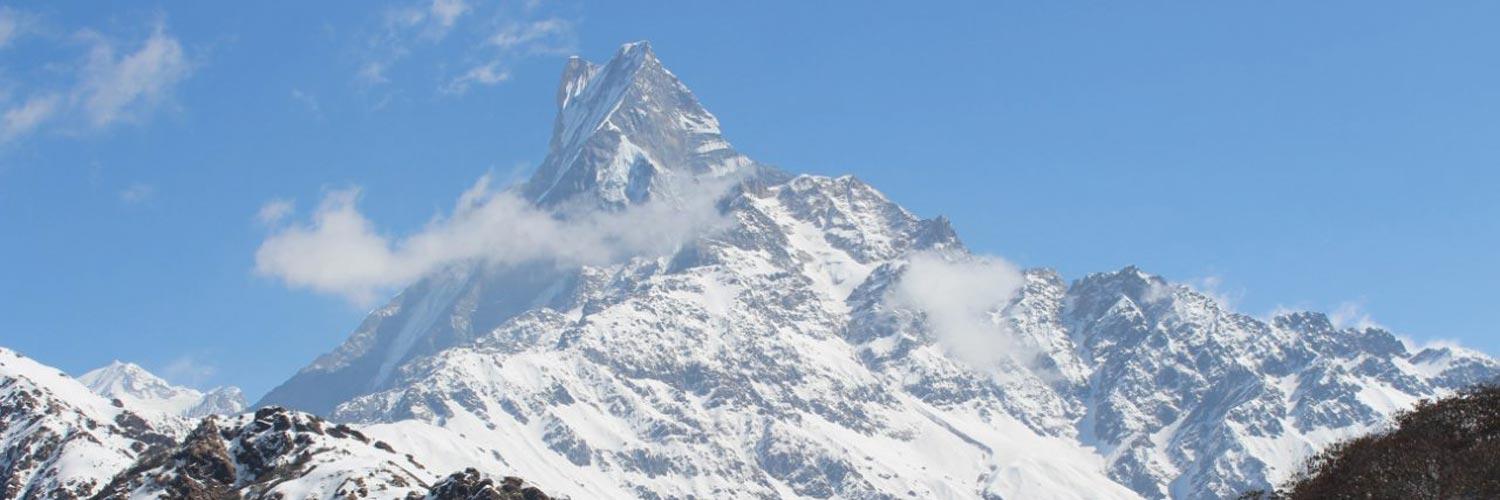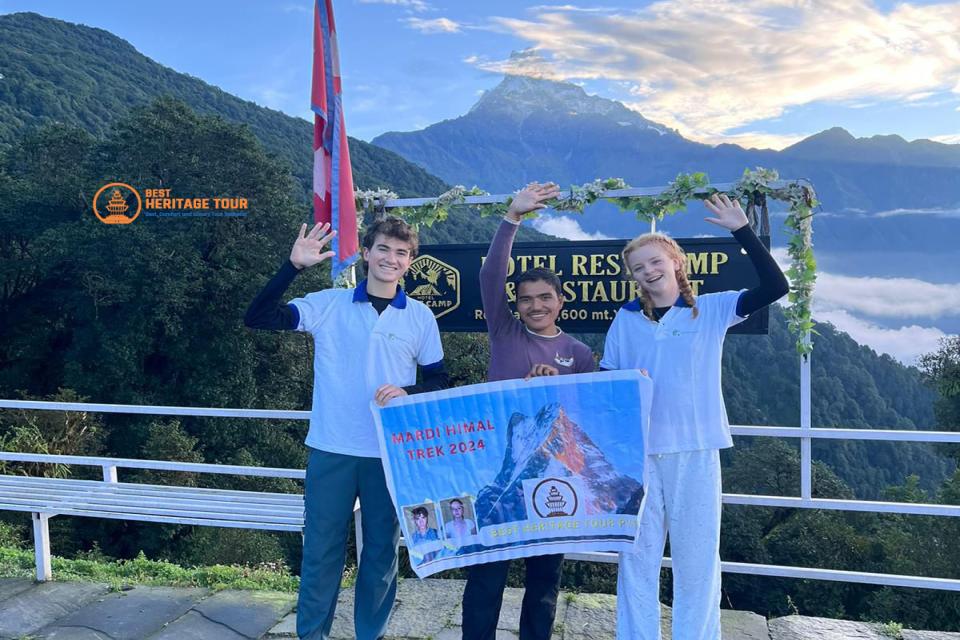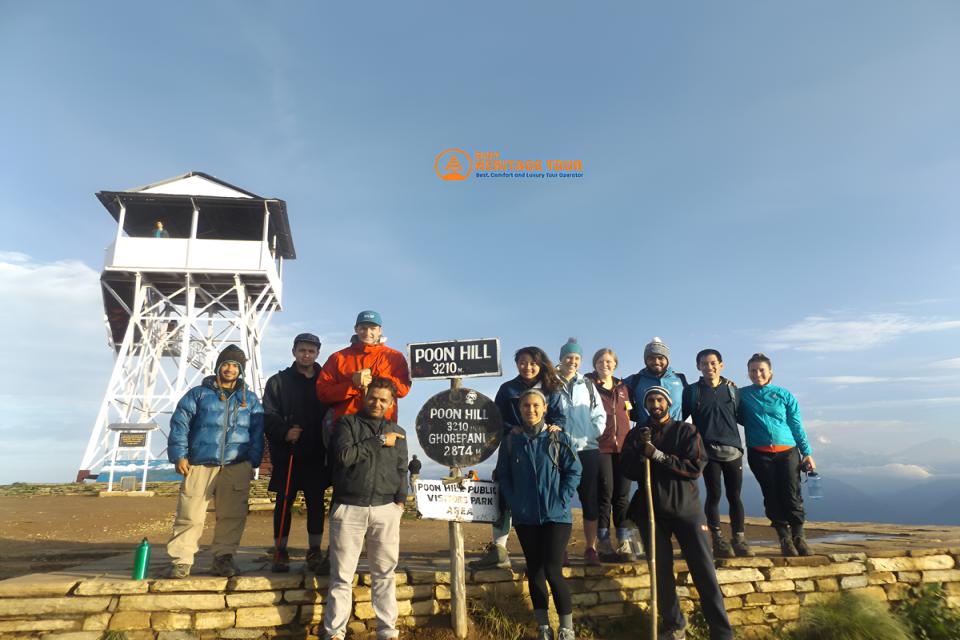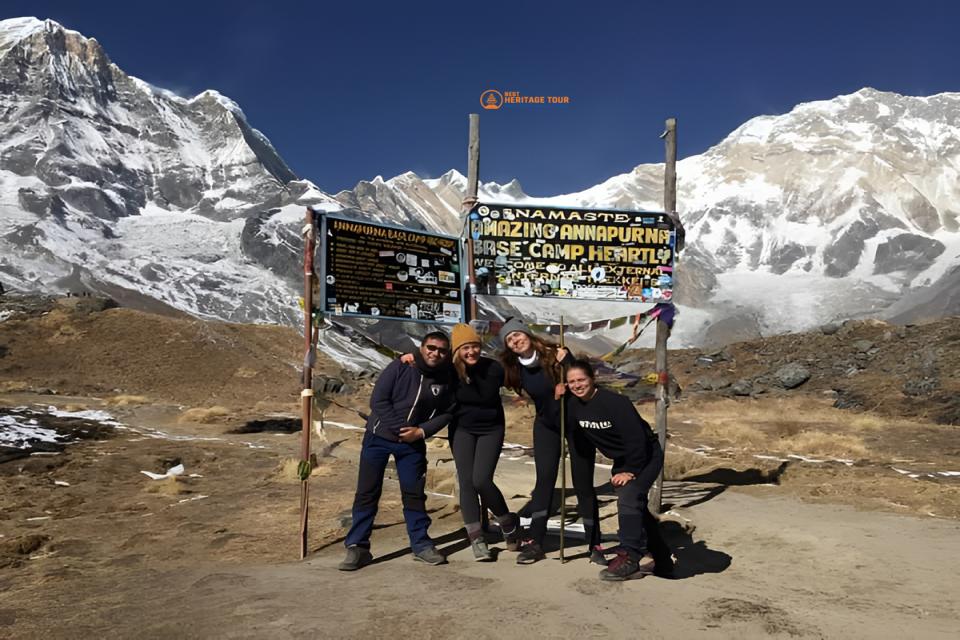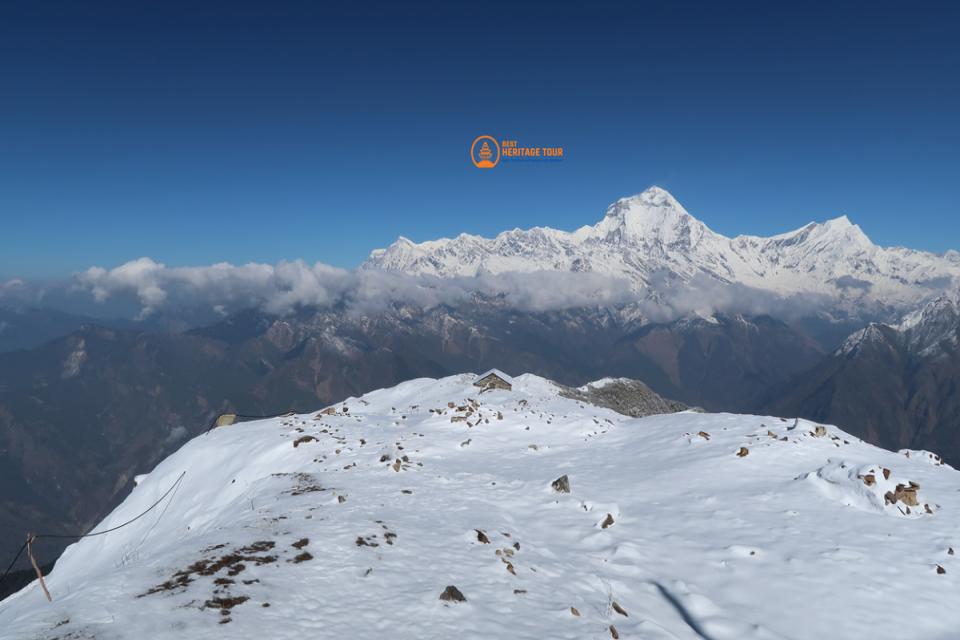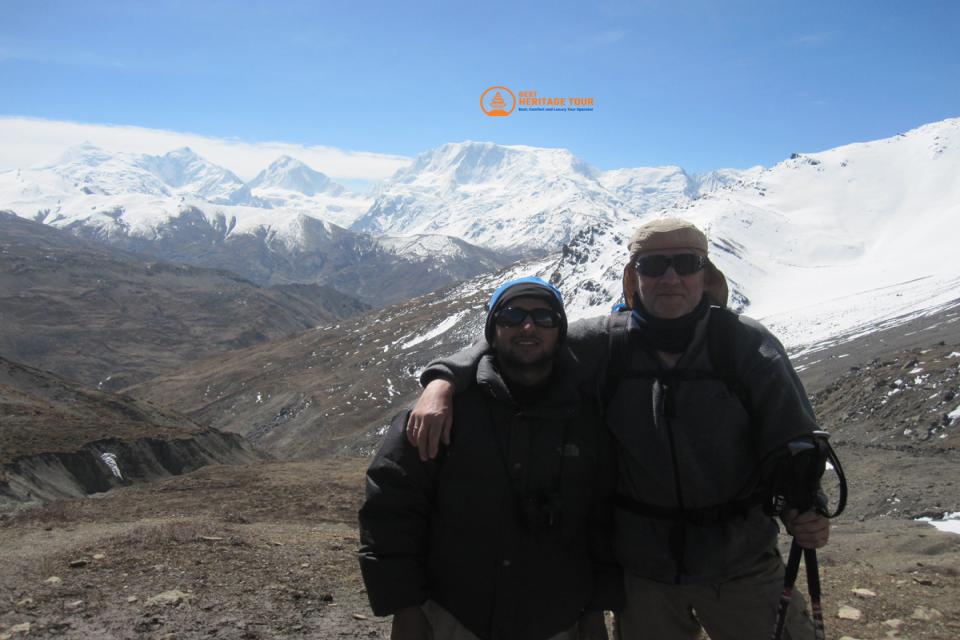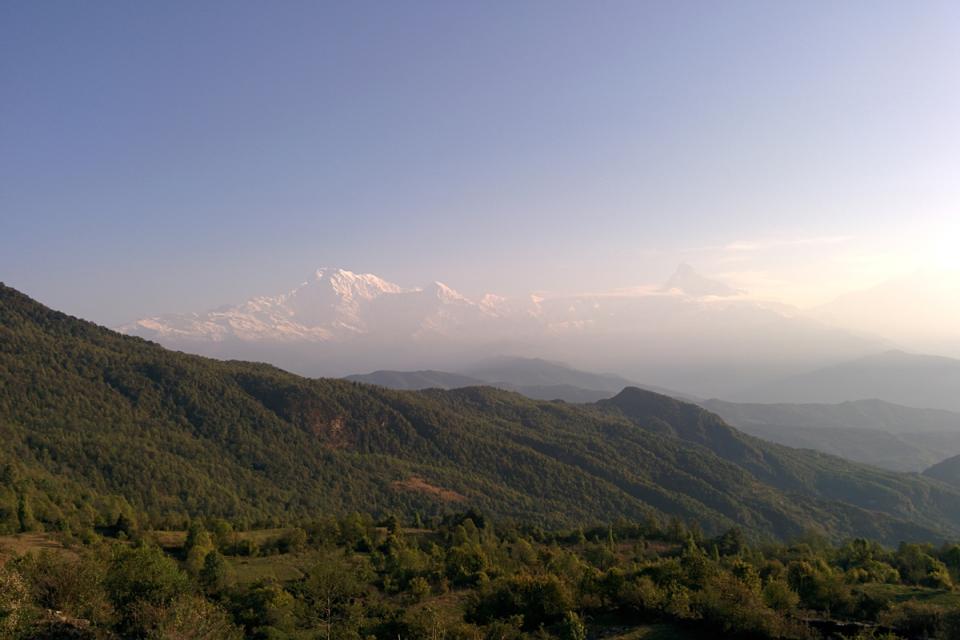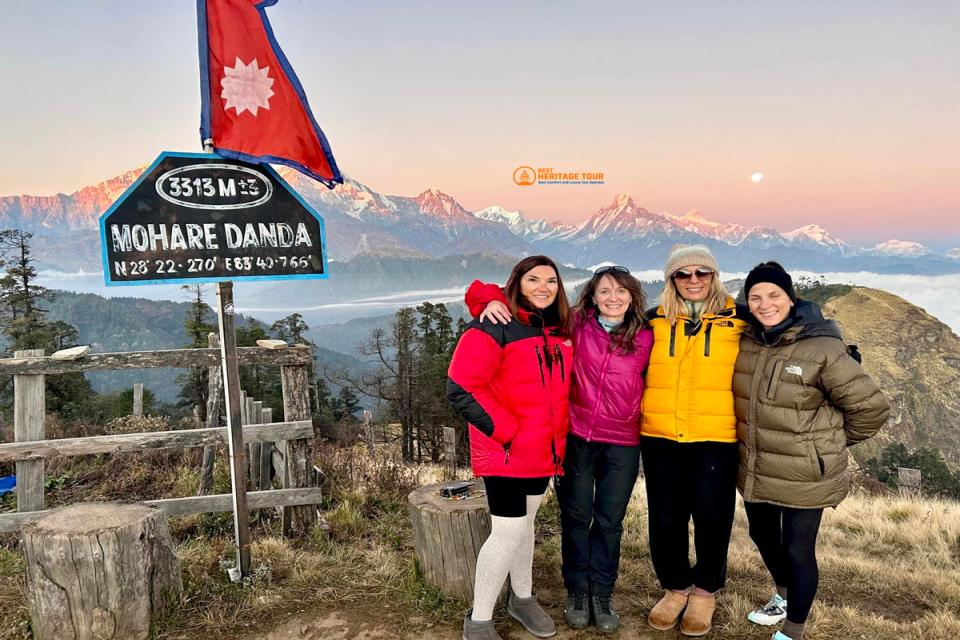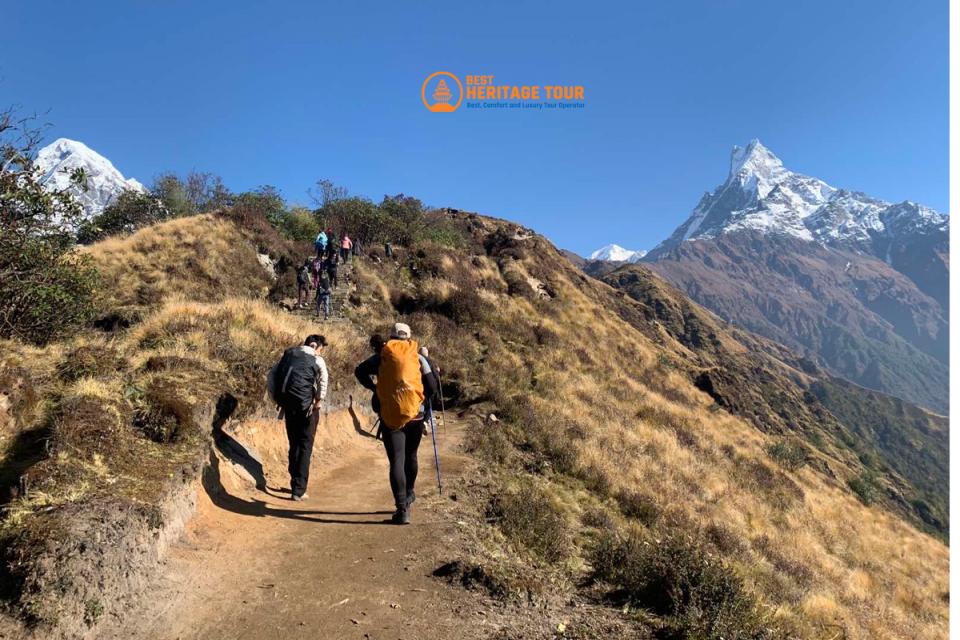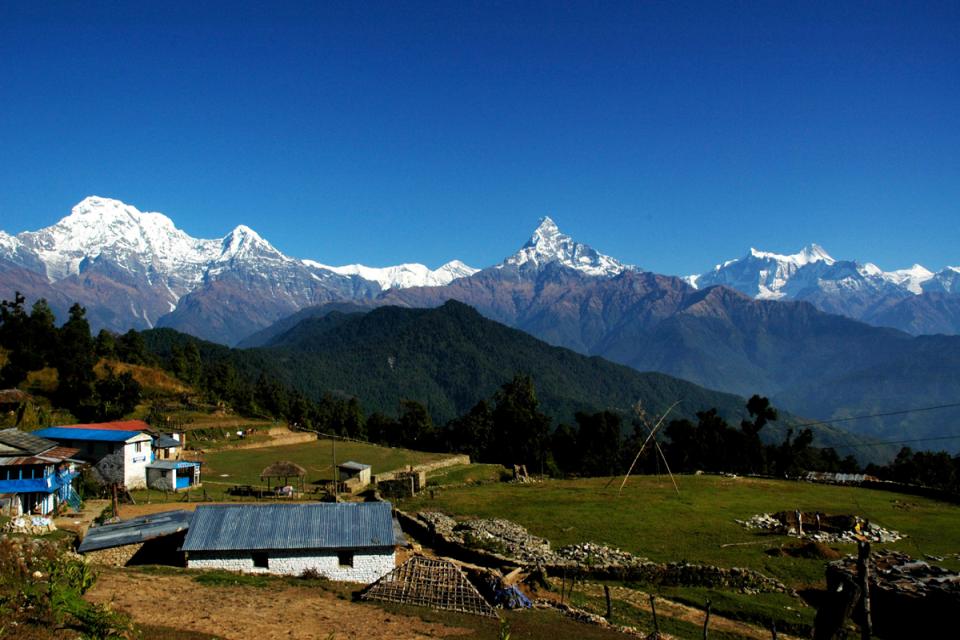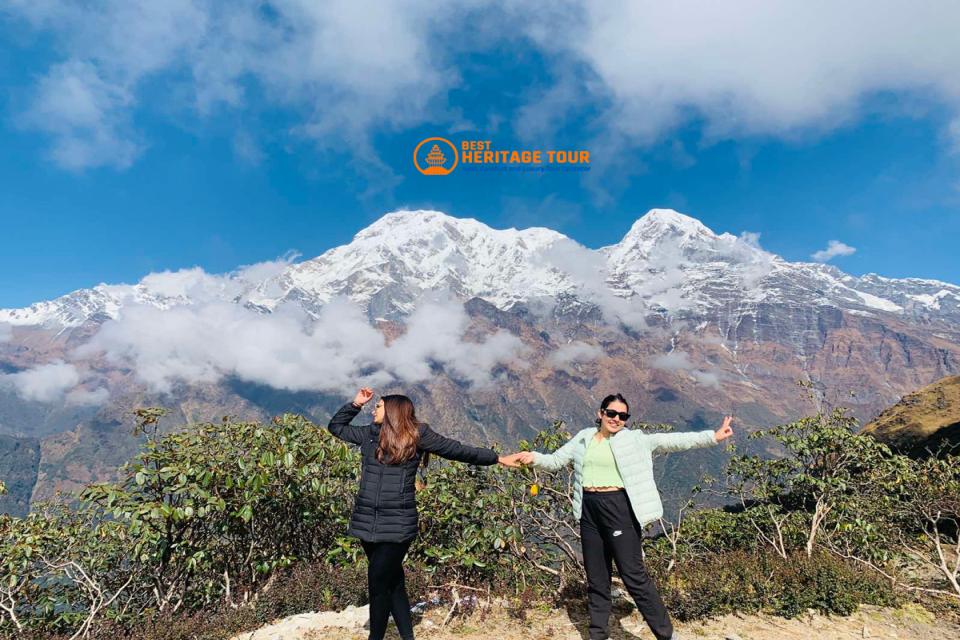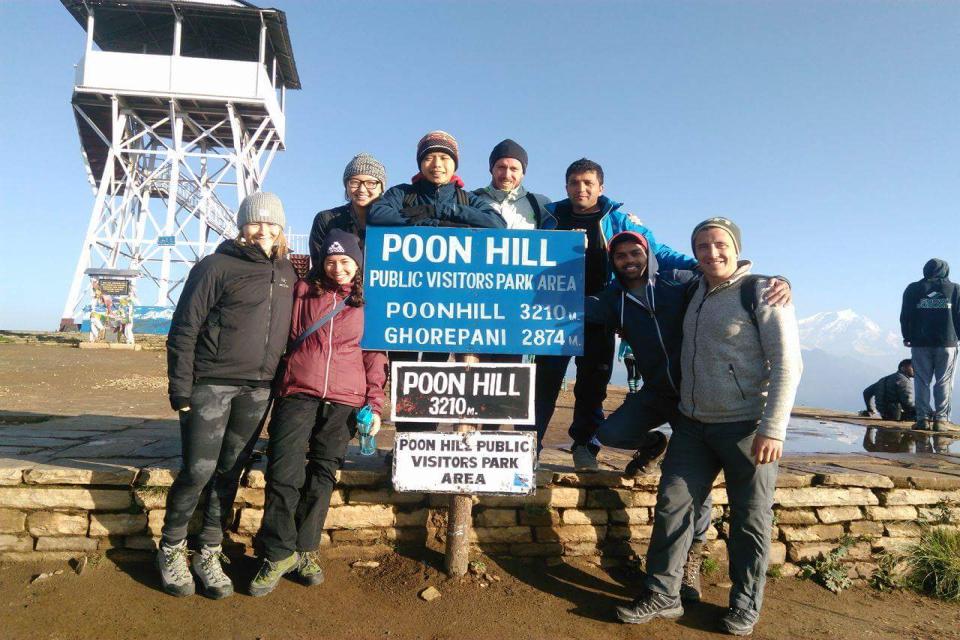Planning the Mardi Himal Trek in February 2026? This winter adventure offers a magical blend of snow-covered trails, tranquil forests, and panoramic views of Machapuchare (Fishtail), Annapurna South, and Hiunchuli. With fewer crowds and striking winter landscapes, this trek is perfect for adventurers who want to experience the raw, serene beauty of Nepal's Annapurna region.
Whether you’re an experienced hiker or a first-time trekker, the Mardi Himal Trek in February is a soul-stirring journey that offers solitude, scenic rewards, and the unique opportunity to explore the Himalayas in winter. This guide covers everything you need, from weather and gear to permits and safety tips, ensuring you’re well-prepared for your February adventure.
Why Choose the Mardi Himal Trek in February?
February is an excellent time to trek in Nepal’s Mardi Himal region. Here's why the trek stands out during this off-season:
-
Less crowded compared to the spring or autumn peak seasons.
-
Snow-draped rhododendron forests and icy waterfalls enhance the scenery.
-
Dramatic Himalayan vistas on clear winter days offer perfect photography opportunities.
-
Tranquil tea houses provide personal space and warm hospitality.
-
Ideal for a 5-7 day trek in the Annapurna region.
Mardi Himal Trek Weather in February 2026
Expect classic winter trekking conditions, especially at higher altitudes. Here's a snapshot of the typical weather:
-
Lower Altitudes (1,000-2,000m): 5°C to 12°C during the day.
-
Higher Elevations (above 3,000m): -5°C to 5°C during the day; drops to -10°C or lower at night.
-
Skies: Mostly clear, perfect for stunning sunrise and sunset views.
-
Snowfall: Possible above High Camp, especially on the route to Mardi Himal Base Camp.
Tips: Start your trek early each day to enjoy clear skies before afternoon clouds roll in.
Mardi Himal Trek Difficulty in February: What to Expect
Although Mardi Himal is generally a moderate trek, winter conditions make it slightly more challenging due to snow, icy paths, and cold temperatures. Here's what you can expect:
-
Trek Duration: 5 to 7 days
-
Max Elevation: ~4,500m at Mardi Himal Base Camp
-
Average Daily Walking: 4-6 hours
-
Trail Conditions: Some snow and slippery sections are likely, so be prepared for occasional challenging conditions.
No prior trekking experience is necessary, but good fitness, warm gear, and solid preparation are essential. Hiring a guide or porter is highly recommended for safety and comfort.
Mardi Himal Trek Route: Suggested February Itinerary
Here’s a typical 7-day itinerary for the Mardi Himal Trek in February 2026, with approximate altitudes:
Day 1: Drive from Pokhara to Kande (1,600m) → Trek to Deurali (2,100m)
Day 2: Deurali to Forest Camp (2,600m)
Day 3: Forest Camp to Low Camp (3,150m)
Day 4: Low Camp to High Camp (3,580m)
Day 5: Early hike to Mardi Himal Base Camp (4,500m) → Return to High/Low Camp
Day 6: Descend to Siding Village (1,500m)
Day 7: Drive back to Pokhara
Alternate routes via Landruk or Sidhing are available depending on snow conditions.
Winter Trekking Gear for Nepal: Mardi Himal Packing List for February
Proper winter trekking gear is essential for comfort and safety on the Mardi Himal Trek. Here's a basic packing list:
-
Base Layers: Moisture-wicking tops and thermal underwear.
-
Insulation: Fleece or down jacket for warmth.
-
Outerwear: Waterproof and windproof jacket and pants.
-
Footwear: Waterproof trekking boots with good traction.
-
Accessories: Warm hat, gloves, neck buff, UV sunglasses.
-
Sleeping Gear: -10°C rated sleeping bag (teahouses offer blankets, but bring your own).
-
Others: Headlamp, trekking poles, reusable water bottle, power bank.
Most of this gear can be rented in Kathmandu or Pokhara to ease your packing.
Permits Required for Mardi Himal Trek
You’ll need two permits to trek in the Mardi Himal region:
-
Annapurna Conservation Area Permit (ACAP): NPR 3,000 (~USD 25) for foreign nationals.
-
TIMS Card (Trekkers' Information Management System): NPR 2,000 (~USD 15) for independent trekkers.
A licensed trekking agency like Best Heritage Tour handles all permit arrangements. Always carry photocopies of your passport and permits during the trek.
Safety & Trekking Tips for February
Winter trekking in February can present challenges. Here are some essential safety tips:
-
Start early: Days are shorter in February, so start your trek by 7:00 AM.
-
Stay hydrated: Cold air can dehydrate you, so drink plenty of water.
-
Flexible plans: Snow conditions may change trail accessibility.
-
Avoid solo trekking: Trails are quieter; it's safer to trek with a companion or guide.
-
Check weather updates: Especially before High Camp or Base Camp ascents.
-
Guides/Porters: Highly recommended for safety and local support.
Final Thoughts
Is February a Good Time for Mardi Himal? Absolutely! If you’re up for a peaceful, snowy, and scenic Himalayan trek, February is an excellent choice. With proper gear and preparation, the Mardi Himal Trek in February 2026 offers unmatched beauty, tranquil trails, and unforgettable mountain moments. It’s the perfect winter alternative to more crowded treks like Annapurna Base Camp.
For a smooth and well-supported experience, consider booking through a reputable local agency like Best Heritage Tour.
Book Your Mardi Himal Trek for February 2026 with Best Heritage Tour
Whether you're a solo adventurer or planning with friends, Best Heritage Tour offers personalized Mardi Himal trekking packages designed around your schedule, experience level, and fitness. From permits and transportation to guides and accommodations, we handle everything to ensure your trek is a memorable one.
Contact Us to Begin Your Adventure:
- Phone/WhatsApp/Viber: +9779851149197 / +9779810043046
- Email: bestheritagetour@gmail.com / info@bestheritagetour.com
- Website: www.bestheritagetour.com
- Location: Thamel Marg, Kathmandu, Nepal
Let the Himalayas welcome you this February 2026. Plan now and trek with confidence!
Author: Best Heritage Tour
Date: 21st April, 2025

